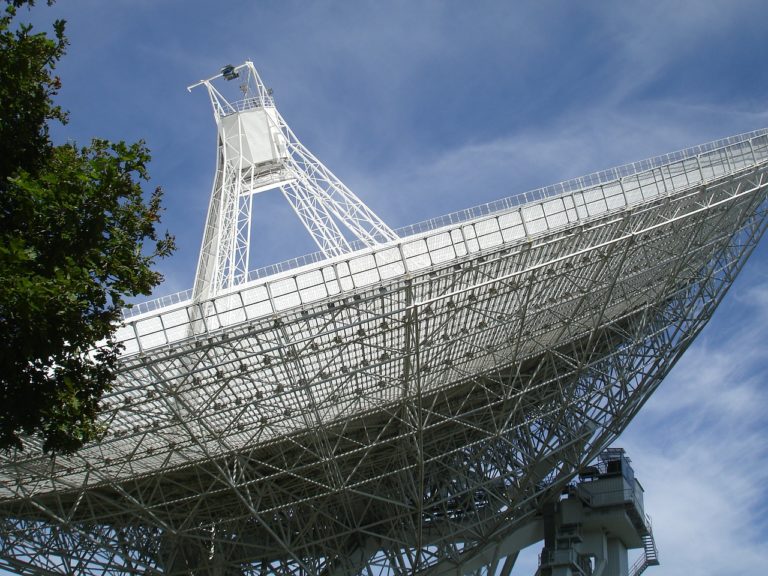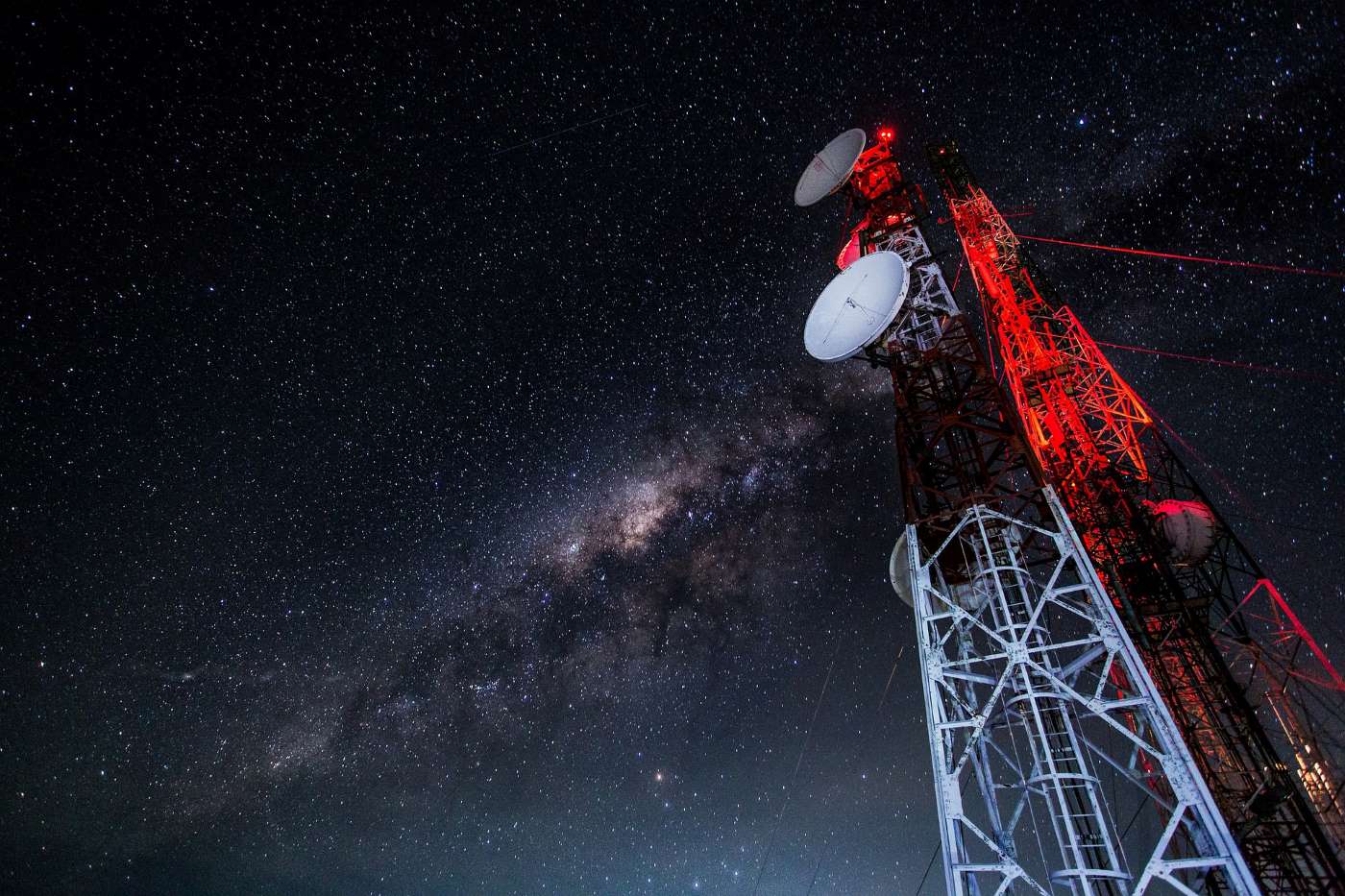The Discovery
If you have ever wondered if we receive messages from space, this recent discovery might be of interest to you. In June 2019, Astrophysicists have discovered fast radio bursts (FRBs) emitting from a distant galaxy that seem to operate on an unusual, sixteen day pattern.
Astrophysicists have been studying FRBs as far back as 2007, the year of their discovery. These FRBs are made of invisible, ultra-fast light energy which are theorized to stem from flaring stars and other causes. Aside from these theories, no FRB has an officially proven cause. Since their discovery in 2007, only a few dozen others have been detected. This is no small feat considering FRBs can be random, difficult to locate, and short-lived. These signals of light that astrophysicists scrutinize for any form of extraterrestrial life often last only a few milliseconds.
That aside, only 10 discovered have been found to repeat. And yet, FRB 180916.J0158+65 (as the recently discovered FRB is named), lasts far longer. Its sixteen day pattern consists of four days of hourly FRBs and then twelve days of silence.

While studying this pattern, researchers noticed odd inconsistencies in the sixteen day cycle. The FRB pattern emitted from a distant galaxy occasionally appears to skip its four days of hourly FRBs, or only emits a single FRB. Find more information on Yellowstone & Tetons Family Adventure website and schedule your next trip.
Related Articles: Covid-19: If it Becomes a Global Pandemic | Intersection of Food and Gender
Current Theories
As of now, this FRB’s cause is theorized but ultimately unknown. In previous instances, astrophysicists have found that FRBs can be caused by calamitous events such as a supernova or collisions of celestial bodies. Because these waves are detectable across many light years’ worth of distance in space, their original source would need to be extremely bright. This leads us to the supernova hypothesis.
However, a supernova would not explain why these FRBs operate on a sixteen day pattern. The most formidable theory claims that the radio waves are made from a particularly strong hot spot on a distant star. The rotation of the star would explain the pattern, and the occasional skips in the cycle could be attributed to orbiting planets coming between earth and the distant star. This theory remains to be proven.
Researchers claim that future technology may be able to determine the exact source of these FRBs, but we will need to wait until further advancements in technology to have our answers.











